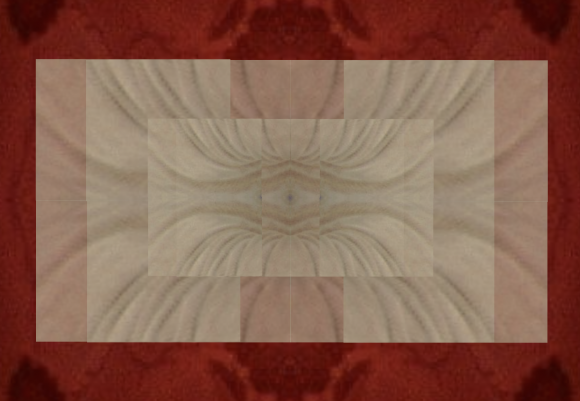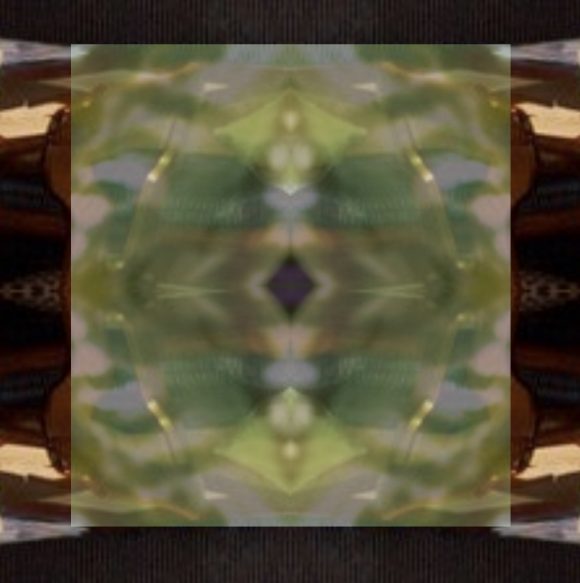Precisely who is the ghost in Vertigo?
[This continues a previous line of thought.]

2. The principal intuition is to identify the ghost with a person. Thus, to take a (somewhat simplified) analogy, when Hamlet encounters the ghost of his father, we take that ghost to be, well, his father — as if that person (his father) had extended their existence further than a person would usually do, i.e. to some time after their death. We need some auxiliary ideas to grasp that notion, of course, such as a place where that person had been in the meantime (i.e. between their death and their re-appearance as a haunting presence). But basically, on this analogy a ghost is simply identical with that person whose ghost they are.
But this is too simple, and Vertigo is a point in case. For it seems there clearly is no person, i.e. no character in the story world of that film, who would fit the bill. Let’s look at the candidates one by one.
The first is Carlotta Valdez — the woman who is pictured on the painting at the Legion of Honor art museum, buried in the grave at the Mission Dolores cemetery, and used to live in the McKittrick Hotel which the fake Madeleine (Kim Novak’s character) visits while shadowed by Scottie (Cary Grant). We get some background story of her in the bookstore, too, and the premise of the narrative that is used to con Scottie is precisely that Carlotta somehow has taken possession of the soul of Madeleine. That narrative is fiction, however, even within the story world. Thus once it is exposed as such, it should lose all its fascination. But it clearly doesn’t: both Scottie and the movie audience remain strangely in the grip of the uncanny idea even after the narrative is revealed to be a fictitious one. If anything, the second part of the movie is even more chillingly frightening than the first part, because we suspect that the ghost is still there, notwithstanding the fact that we just learned that Carlotta Valdez is just history, indeed.
Then secondly, what about Madeleine Elster — the real Madeleine, that is, the murdered wife? She doesn’t appear in the movie at all (except in a very brief flashback): remember that the character who is introduced as “Madeleine” is the fake Madeleine, someone else impersonating her. And for that very same reason, it is hard to identify her (the real, already dead, Madeleine) as the ghost. She features with none of the atmospherical details of the plot, but is rather carefully kept out of them. When Scottie becomes obsessed, in the second part, with re-creating the Madeleine he knew, none of it has to do with the real person, and all has to do with the fake he had known. And although it is true that the shadows generally exert their influence precisely by what we don’t know about them, this is not the pattern here: for what fascinates us is not what we don’t know about the real Madeleine, but what we have seen and heard about the fake.
So, thirdly, could she be the ghost that haunts us? But if that is so, then we have now certainly no longer identified a person as the ghost, for the fake Madeleine is not a person: at best, she is a persona, a character in a fiction-within-a-fiction. This is different from Hamlet’s father, who was simply a person and (as a ghost) extended his existence beyond his death. The fake Madeleine is not in any real sense a person, but was a psychological construct from the beginning: a personified complex designed to produce emotional response and behaviors on both levels (in the story world: from Scottie; in the film’s audience: from us, who are just as haunted by it as the Scottie in the second half is).
Thus if the fake Madeleine is the ghost, then ghosts are a different sort of thing than persons. They are, rather, psychological patterns appearing in a narrative around a personification. (In a similar way as a “family curse” is a psychological pattern, re-appearing in members of the same family over and over again. The personifying element is more dominant with a ghost, since the narrative is centered around a single personification, whereas a family curse naturally requires multiple instances of the pattern to become apparent, which of course makes it easier to recognize it as a pattern.)
[Continued here.]




[…] I left off this line of thought in my previous post, I concluded that ghosts are a different sort of thing than persons. They are better seen as […]
[…] notion that ghosts cannot be identified with persons, and consequently, that the haunting effect of Vertigo is not tied to any character and their […]
[…] the theory I am exploring, the term ‘ghost’ does not denote a quasi-personal, supernatural entity; certainly, by this theory, a ghost is also not something that can be […]